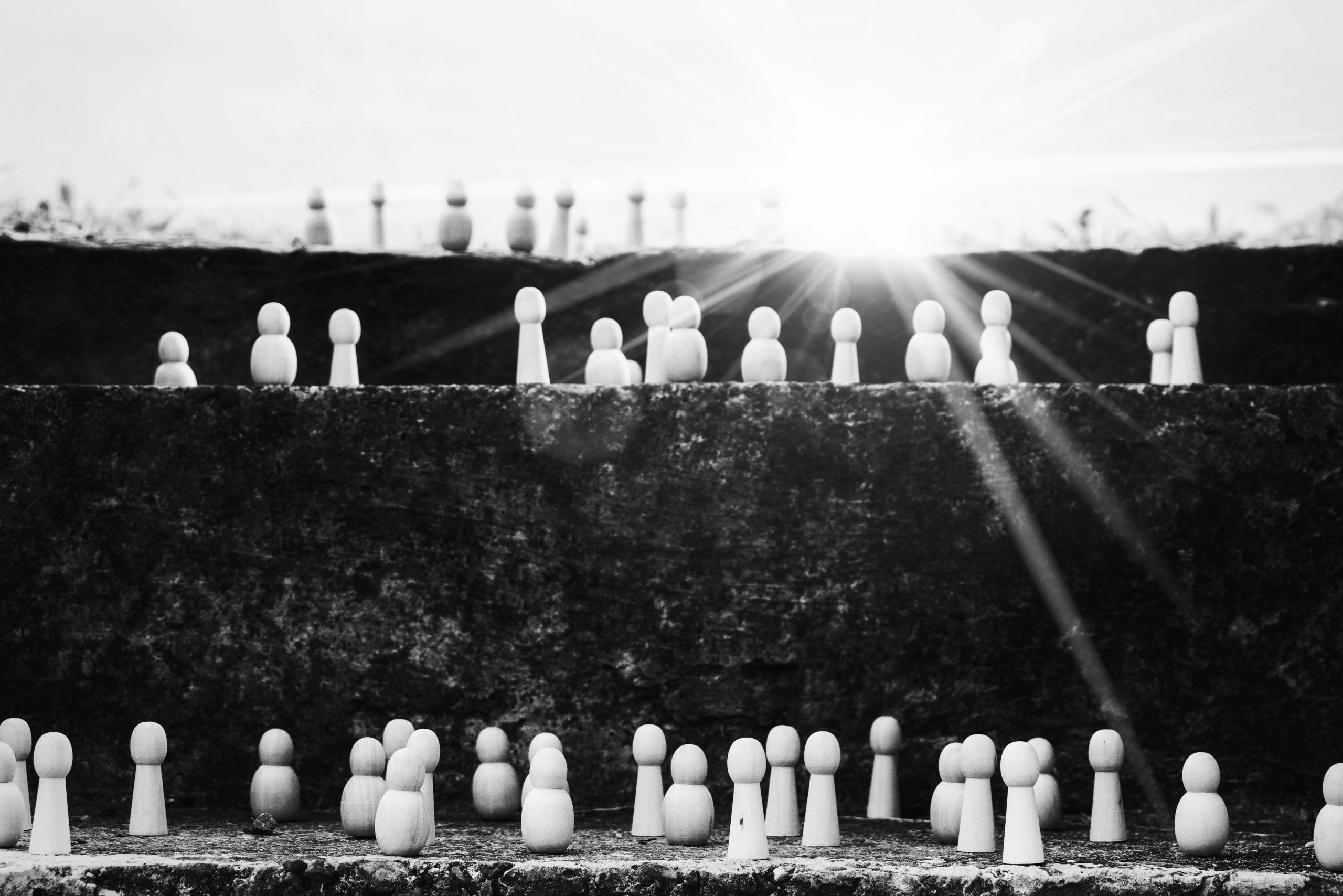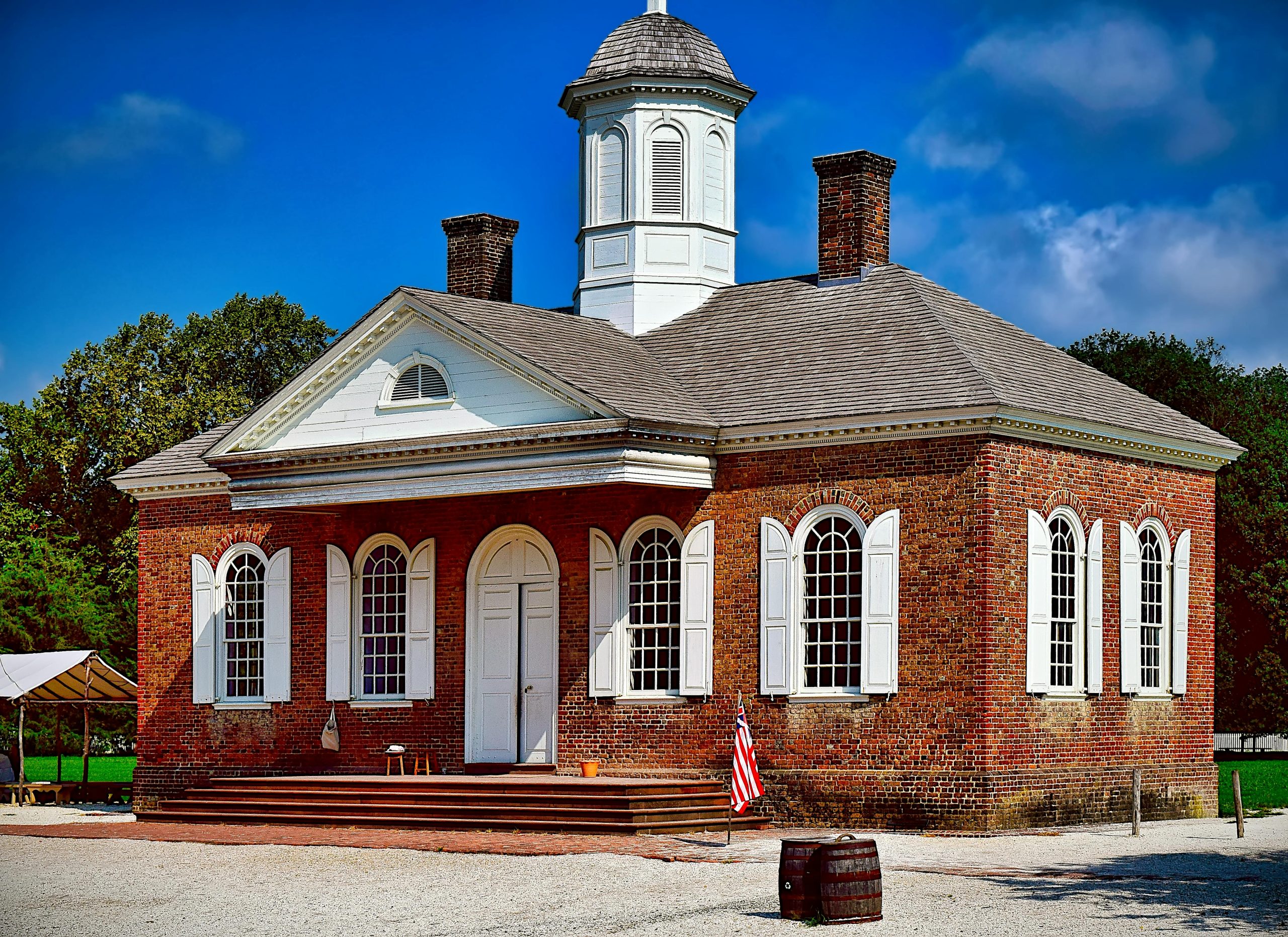Unpacking the Controversial Story of the Dancing Israelis
In the realm of conspiracy theories, few stories capture attention quite like that of the “Dancing Israelis.” This narrative weaves together elements of intrigue, speculation, and belief, sparking considerable debate and discussion. What makes this case particularly fascinating is how overlooked it seems in mainstream discourse, despite its sensational nature.
The incident dates back to September 11, 2001, when five Israeli men were seen celebrating and filming as the Twin Towers fell. Their actions raised eyebrows and led to a flurry of speculation about their motivations and affiliations. Some theorists suggest that these individuals had prior knowledge of the attacks, while others insist the episode was merely a misguided display of exuberance.
What is striking is not just the chilling coincidence of their timing but the myriad of interpretations that have arisen in the years since. This conspiracy story intertwines with broader discussions about media narratives, fear, and the impact of geopolitical tensions on perception.
Despite its provocative essence and the numerous implications it carries, the topic remains surprisingly understated in many conversations. Why is it that such a gripping story hasn’t permeated popular discussion more forcefully? This question invites a deeper examination of how certain narratives are amplified while others fade into the background.
Exploring this topic further can open the door to critical thoughts about propaganda, the framing of events in media, and how history is constructed in the public consciousness. The “Dancing Israelis” narrative, while controversial, serves as a vivid reminder of the complexities inherent in understanding significant historical moments and their aftermath.
As this story continues to linger on the fringes of public awareness, it’s crucial to foster an open dialogue around it. By examining the various claims, counterclaims, and the historical context surrounding the event, we can gain a richer understanding of the world we live in and the factors that shape our beliefs.



